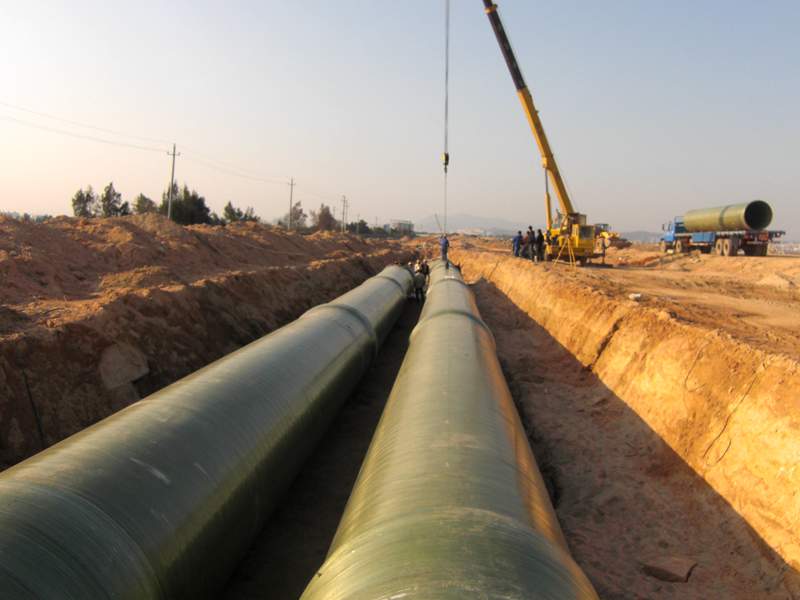
-
 Afrikaans
Afrikaans -
 Albanian
Albanian -
 Amharic
Amharic -
 Arabic
Arabic -
 Armenian
Armenian -
 Azerbaijani
Azerbaijani -
 Basque
Basque -
 Belarusian
Belarusian -
 Bengali
Bengali -
 Bosnian
Bosnian -
 Bulgarian
Bulgarian -
 Catalan
Catalan -
 Cebuano
Cebuano -
 China
China -
 China (Taiwan)
China (Taiwan) -
 Corsican
Corsican -
 Croatian
Croatian -
 Czech
Czech -
 Danish
Danish -
 Dutch
Dutch -
 English
English -
 Esperanto
Esperanto -
 Estonian
Estonian -
 Finnish
Finnish -
 French
French -
 Frisian
Frisian -
 Galician
Galician -
 Georgian
Georgian -
 German
German -
 Greek
Greek -
 Gujarati
Gujarati -
 Haitian Creole
Haitian Creole -
 hausa
hausa -
 hawaiian
hawaiian -
 Hebrew
Hebrew -
 Hindi
Hindi -
 Miao
Miao -
 Hungarian
Hungarian -
 Icelandic
Icelandic -
 igbo
igbo -
 Indonesian
Indonesian -
 irish
irish -
 Italian
Italian -
 Japanese
Japanese -
 Javanese
Javanese -
 Kannada
Kannada -
 kazakh
kazakh -
 Khmer
Khmer -
 Rwandese
Rwandese -
 Korean
Korean -
 Kurdish
Kurdish -
 Kyrgyz
Kyrgyz -
 Lao
Lao -
 Latin
Latin -
 Latvian
Latvian -
 Lithuanian
Lithuanian -
 Luxembourgish
Luxembourgish -
 Macedonian
Macedonian -
 Malgashi
Malgashi -
 Malay
Malay -
 Malayalam
Malayalam -
 Maltese
Maltese -
 Maori
Maori -
 Marathi
Marathi -
 Mongolian
Mongolian -
 Myanmar
Myanmar -
 Nepali
Nepali -
 Norwegian
Norwegian -
 Norwegian
Norwegian -
 Occitan
Occitan -
 Pashto
Pashto -
 Persian
Persian -
 Polish
Polish -
 Portuguese
Portuguese -
 Punjabi
Punjabi -
 Romanian
Romanian -
 Russian
Russian -
 Samoan
Samoan -
 Scottish Gaelic
Scottish Gaelic -
 Serbian
Serbian -
 Sesotho
Sesotho -
 Shona
Shona -
 Sindhi
Sindhi -
 Sinhala
Sinhala -
 Slovak
Slovak -
 Slovenian
Slovenian -
 Somali
Somali -
 Spanish
Spanish -
 Sundanese
Sundanese -
 Swahili
Swahili -
 Swedish
Swedish -
 Tagalog
Tagalog -
 Tajik
Tajik -
 Tamil
Tamil -
 Tatar
Tatar -
 Telugu
Telugu -
 Thai
Thai -
 Turkish
Turkish -
 Turkmen
Turkmen -
 Ukrainian
Ukrainian -
 Urdu
Urdu -
 Uighur
Uighur -
 Uzbek
Uzbek -
 Vietnamese
Vietnamese -
 Welsh
Welsh -
 Bantu
Bantu -
 Yiddish
Yiddish -
 Yoruba
Yoruba -
 Zulu
Zulu
Fiberglass Stack Liner Alternatives | Durable & Efficient Solutions
Exploring Alternatives to Fiberglass Stack Liners
In industrial applications, stack liners play a crucial role in protecting structures and ensuring the efficiency of exhaust systems. Traditionally, fiberglass has been the go-to material for stack liners due to its lightweight properties, resistance to corrosion, and overall durability. However, increasing environmental considerations, costs, and technological advancements have led to exploring alternatives to fiberglass stack liners.
Exploring Alternatives to Fiberglass Stack Liners
Another alternative is high-density polyethylene (HDPE). This thermoplastic material offers excellent corrosion resistance and can handle a range of operating temperatures. HDPE is also lighter than fiberglass, which can reduce installation costs and time significantly. Its flexibility allows it to adapt to various stack designs, making it easier to work with in custom installations. Additionally, HDPE is recyclable, aligning with increasing sustainability goals across industries.
fiberglass stack liner alternative

Stainless steel liners are also gaining traction as an alternative to fiberglass stack liners. Known for their strength and resistance to corrosion, stainless steel can endure the harsh conditions found in exhaust systems. This material provides a robust solution that can last for decades with minimal degradation. While the initial material costs may be higher, stainless steel’s longevity can provide a favorable cost-benefit ratio in the long run, particularly for facilities with high operational demands.
Moreover, carbon fiber reinforced polymers (CFRP) are emerging as a lightweight yet strong alternative. CFRP offers significant advantages in terms of strength-to-weight ratio, which can lead to reduced labor costs during installation and lower structural requirements for support systems. This material is also resistant to many corrosive environments, although its application may currently be more limited due to higher costs and the need for specialized installation techniques.
Beyond material considerations, advancements in coatings and surface treatments have also emerged as viable options for enhancing the performance of existing stack liners. Innovative coatings can provide additional protection and can be applied as a retrofitting solution to extend the service life of current fiberglass liners or other materials. This option can be particularly appealing for facilities looking to improve their systems without a complete overhaul.
In conclusion, while fiberglass stack liners have long been favored for their benefits, the emergence of alternatives presents opportunities for improved performance and sustainability. From ceramic composites and HDPE to stainless steel and carbon fibers, the range of materials available offers industries diverse options tailored to their specific needs. As technology continues to evolve, these alternatives hold the potential not only to enhance efficiency and durability but also to align with modern environmental standards, marking a progressive step in industrial practices.









